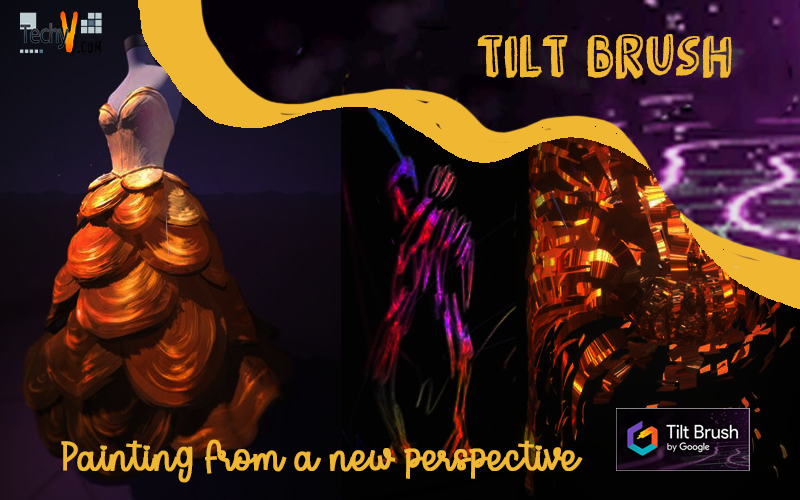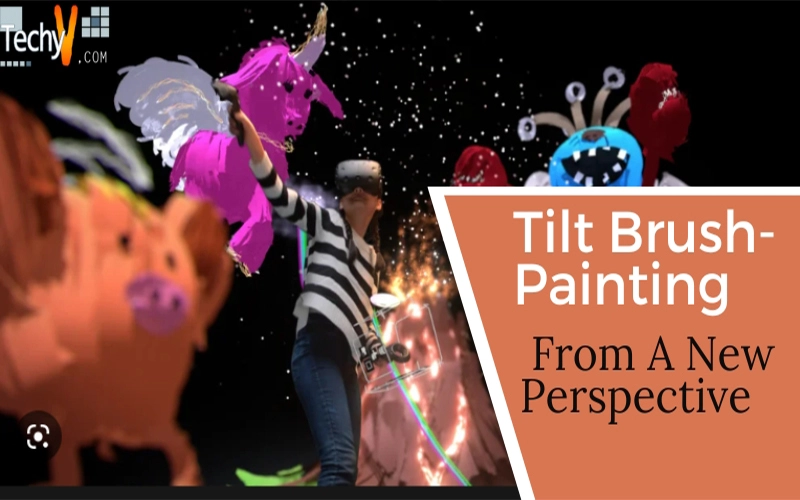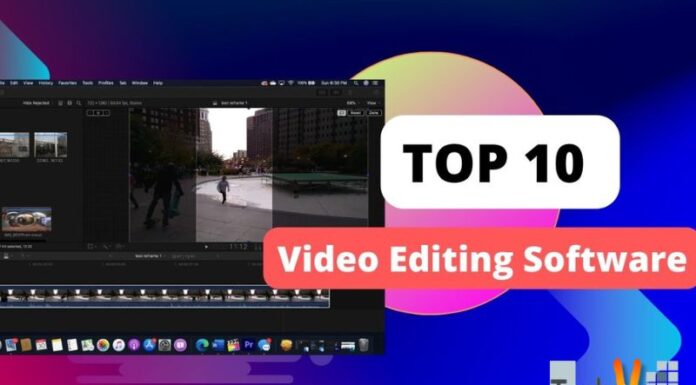
Tilt Brush is Google’s first art app for virtual reality. It comes with a headset and allows you to paint in the 3D space and create an amazingly detailed artwork. The app comes installed with a very comprehensive set of brushes, pencils, and filters. The gear is very simple to use and understand. Therefore, the user can proceed intuitively. The whole experience is very immersive and altogether awesome with colors and doodles all around you. It comes with a set of 24 dynamic brushes, which includes effects like Thick Paint, Hypercolor, Paper, Duct Tape etc. It also has an erase function which deletes the complete stroke instead of just a small portion, which might be a problem in some cases. Like MS Paint, it does offer tools like straight or curved line, i.e. only 2d shapes not 3D. 3D objects can be made with the help of these 2D shapes, though in-built 3D shapes can be a useful feature to ease the process of painting in 3D space. It also comes with line guides just like in Adobe Photoshop.
The brushes come with a color palate that can be used to give color to your creation and add visual effects to it, like in case of stars, smoke or falling snow. Not only this, Google’s Tilt Brush comes with options like Undo and Color Picker as well. Beside this, there is another feature of taking a snapshot which can be moved around and modified in the virtual space around the user. On the scale of “Immersion”, this VR application is a killer one, as it allows walking through your art piece, moving the complete product, and painting colorful masterpieces in the pitch black 3D environment. There is also a sharing option that comes with the Tilt Brush application with the help of which you can share your 3D paintings in the form of VR creations or as an animation clip.
Fig: Tilt Brush Headgear, Color Palate, and Brush Set
Tilt Brush is not the first application of virtual reality in the field of art. Oculus’s Quill and Medium are other popular products in this category. The popularity of Tilt Brush is due to the exposure to the largest audience and widest availability. Tilt Brush was developed by Skillman & Hackett, a company named after its founders, Drew Skillman, and Patrick Hackett. The company was then later acquired by Google in 2015.
Fig: some of the artworks by Tilt Brush
Fig: A User with Tilt Brush Headgear
The main strength and reason for its wide popularity are its use of non-gaming techniques which appeals the most to the non-gamer audience and attracts them toward virtual reality. Using the entire physical space in the surrounding gives the user a sense of flexibility and opens up new channels of creativity. The user can step in and out and walk through the painting. This tool has an extremely wide range of application- be it art, fashion designing, or any other scientific application.
Using art to teach new technology is a classic behavioral engineering trick. This concept was employed by Microsoft when its earliest version of operating systems came out. When a mouse was introduce as a peripheral device for pointing and clicking on a computer, it was essential for users to learn to operate the mouse in order to interact with the interface of the system. Therefore, Microsoft Paint was made an essential part of the suite of apps along with games like Solitaire and Minesweeper. Tilt Brush is different because it gives people an opportunity to interact and experiment with the environment instead of giving them a traditional perspective of a flat 2D surface. However, drawing 3D objects may not be as easy as it may seem. We are conventionally trained to work in a 2D plane. A problem may arise for the first time users to visualize the object in 3D and then actually drawing it in virtual space. Right now, Tilt Brush is made public only on HTC Vive and is available only on Steam platform. Release on other platforms is expected in the future.
















